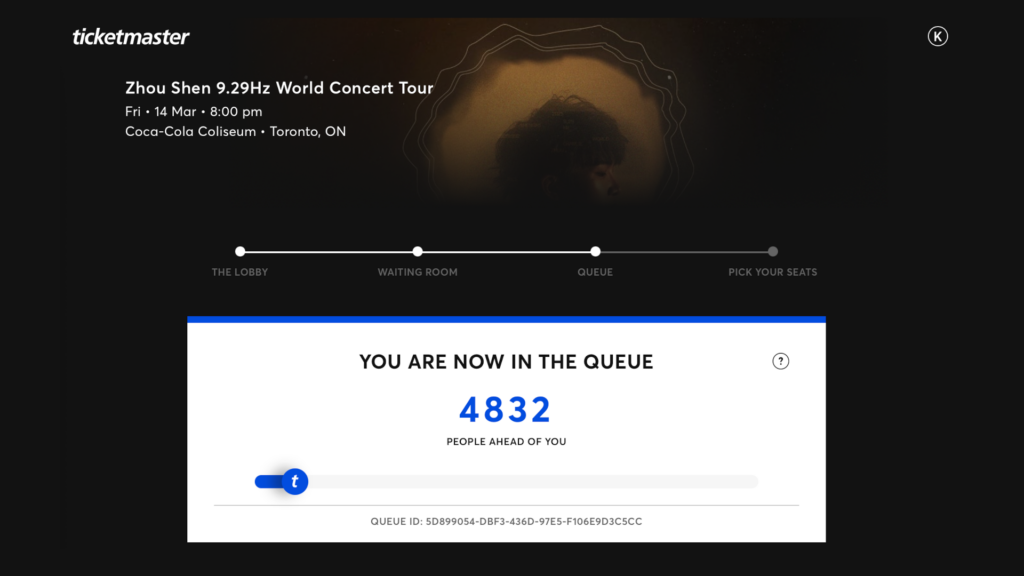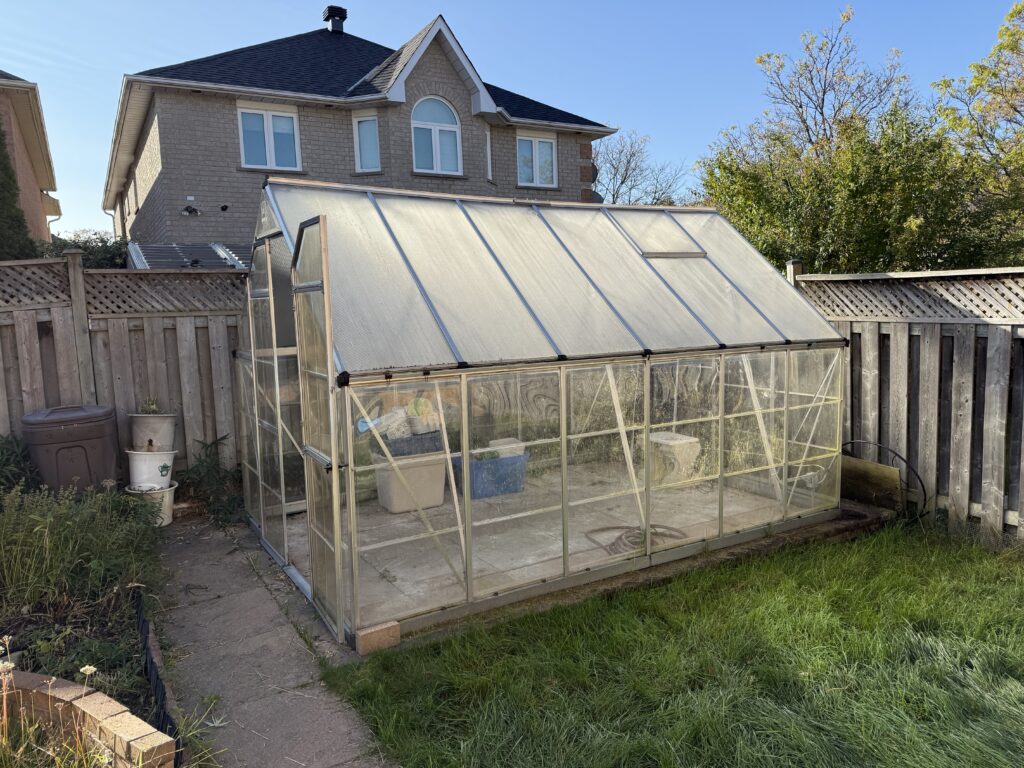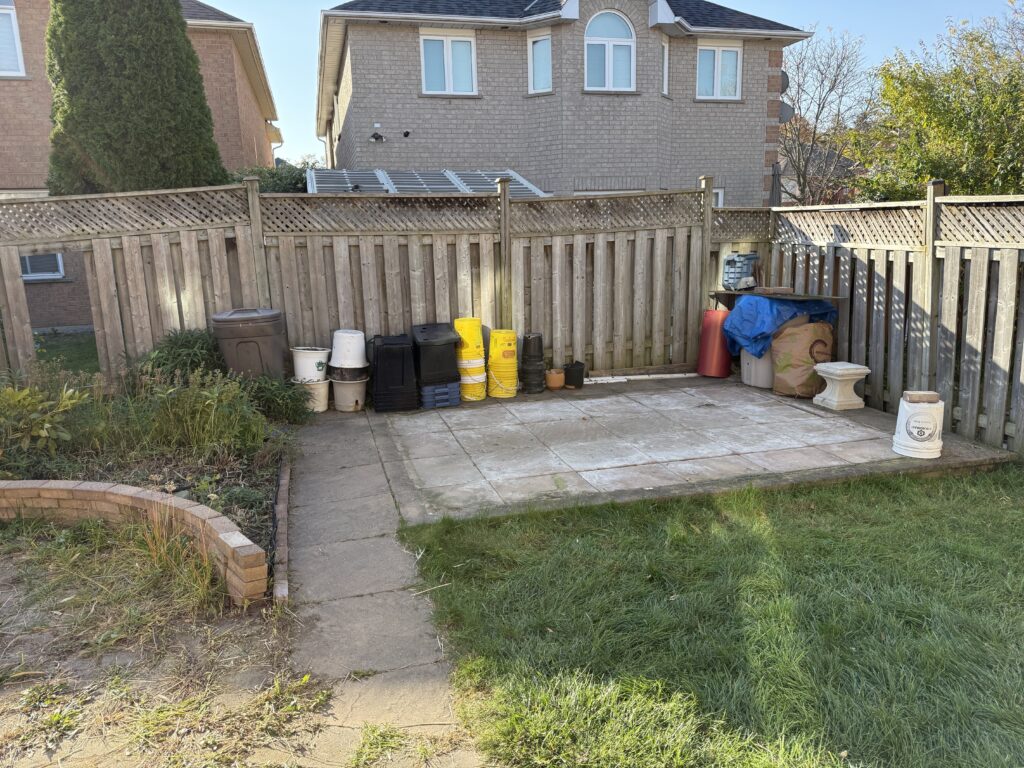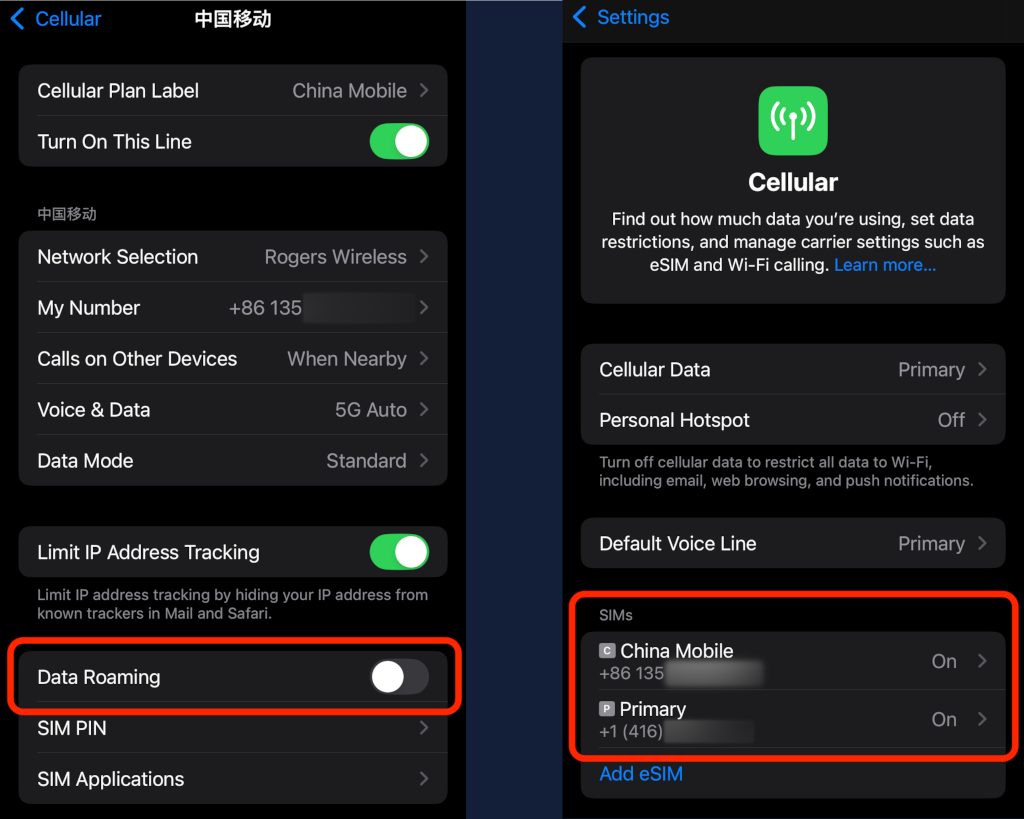Recently I watched a YouTube video on the China Demographics Crisis. This led me down a rabbit hole reflecting on the issue and ultimately resulted in me writing the attached paper.
Zhou Shen 周深 9.29Hz World Tour
Both my wife and I are Zhou Shen’s fans. We have been following him since 2019, just when we first started to follow Chinese media content. This is the same time when the Covid-19 pandemic hit. We watched a variety show called Our Song (我们的歌), and he was one of the many talented young singers.
Ever since I have been following his shows as well as listening to his songs. In December 2024 when he concluded his national tour in China, he announced that he would extend his tour to other countries. We were pretty excited but held our excitement in check because Toronto may not be one of the cities.
As it turned out, he will hold an event here in Toronto on March 14, 2025 (𝛑 day) at the Coca-Cola Coliseum!
Today is the actual date when tickets went on sale. Carol found the promotional code ZS929TO so that we can be eligible for presales at 1:00pm EST.
Many days before today I made sure my TicketMaster account was in order with all of my payment information all up to date. Twenty minutes before 1:00pm, I was signed on to the site and ready to order. I don’t know if it is luck or it was standard procedure, but 10 minutes before 1:00pm I decided to refresh the page. After the refresh, I was in the official queue!

We started out in the mid-5000’s and the above screenshot showed that it came down pretty fast, still we were pretty pessimistic about our chances. It took about 15 minutes for us to finally enter ticket sales and seat selections.
The seat selection process was also pretty difficult because every time we chose the seats, they were already taken. I finally just asked the system to give me the most expensive seats and was lucky enough to find two.

And… We Got Them! They were not cheap, but glad that we secured two tickets.
I double-checked that the tickets were recognized on the TicketMaster app on my iPhone, and added the tickets to my Apple Wallet. Can’t wait!
Canadians Going to China
Cellphone Roaming on our China Trip
We just returned from our month-long China trip, and I wanted to comment on our roaming strategy.
While in Canada, our cell service provider is Koodo, which offers Easy Roam packages. Effectively when you land in a foreign country, the first time you answer or make a voice call, or send a text message, it automatically engages roaming at $14/day when you are in the US, and $16/day for other countries. I believe other cell providers like Rogers, Telus, and Bell offer a similar service at comparable costs. With this approach for 30 days, it will cost us $480 for each number and almost $1,000/month for both numbers.
Both my wife and I recently acquired iPhone 16 Pros, which are eSIM capable and unlocked phones. We can, therefore, consider eSIM services for travel. One of the most popular services is Airalo. Airalo provides various packages for different countries or regions. Each package will give you a different data capacity within a certain date range. For example, at the time of this writing, they have a $40.50 per 30 days that will give you 10GB of data with the option of topping up should you need more in China. You can already see that this is ten times less than Easy Roam!
I have used Airalo in Mauritius, France, Dubai, Hong Kong, Japan, and China. The trick is to download the Airalo App. Use the App to purchase the package you want that matches your travel itinerary, and be sure to install the eSim on your phone while you have a stable Wi-Fi connection before you travel. Once the eSim is installed it will try to activate. This will usually fail and is the expected behavior because you typically install your eSim in your home country and not in the country of service. I usually turn off the eSim before arrival, and when you arrive, simply turn on the eSim and ensure Data Roaming is turned on. The clock starts ticking as soon as your eSim is activated. Also, ensure that your Cellular Data is set to your Airalo eSim, which is usually named “Secondary” or “Travel”. You can customize the label under “Cellular Plan Label”.
The downside to using something like Airalo is that it only provides data. For voice, you typically have to use something like FaceTime, WhatsApp, or WeChat substitutes. This is a bit inconvenient but definitely workable.
Some like to turn off their “Primary” line, which is my original Koodo line. The reason for this recommendation is that you do not accidentally use this line while roaming. I personally like to keep my primary line on so that I continue to receive two-factor authentication text messages. However, if I make a mistake in answering a call from my primary line, then I automatically incur the $16/day Easy Roam charge, so beware! If you are not sure, then turn off your “Primary” line to avoid this risk.
Although Airalo worked in China, we wanted a more permanent solution for China since it is a country that we frequently visit. We decided to opt for a local cell plan from one of the three major service providers, which are: China Mobile, China Telecom, and China Unicom. We decided to go with China Mobile. For this to work, your phone must be unlocked and also have a physical SIM tray. Chinese service providers do not support eSim for their normal plans. This also provided us with a voice plan as well, which is another advantage. We ended up paying for a 19 RMB (< $4 CAD) per month plan that will give us 5GB of data and 100 minutes per month. Unfortunately for us to be eligible, we had to spend 1,500 RMB (~$300 CAD) upfront for a giveaway Vivo Y37 phone. Carol is using that phone as an audiobook player, so it is not all lost.
Going with a local provider like China Mobile also means we can receive two-factor text messages while in Canada. This is important as we use certain financial service apps like banking apps that are tied to our Chinese numbers. We also found that using China Mobile while touring in China means problem-free when using Chinese mobile services, such as booking train trips, hotels, renting bikes, and ordering takeout. Previously when we were using the Nihao service. We found that certain services like renting a bike were either not available or extremely tedious to set up, such as requiring registration of your passport.
Having a China Mobile subscription also means that we can have a local bank account tied to our WeChat account. This also makes buying things more convenient and allows us to avoid a 3% surcharge with Alipay when paying with your linked credit card. Our preference is to use WeChat Pay which is either tied with our Hong Kong bank account or with one of our Chinese bank accounts. Unfortunately, opening a Chinese bank account is an exercise in patience in itself. I will not get into that here.
One final bonus with a China Mobile subscription is that I now also have the option of using China Mobile roaming plans, which I found are either equal or lower than the Airalo options. I tried this in both Hong Kong and Dubai. The roaming plan worked but I am still behind the Great Chinese Firewall (GCF) while roaming. However, I do have voice roaming with this option.
To get access to things outside of the GCF, I find LetsVPN is the best VPN service. It worked in all the Chinese provinces and cities that I visited. I needed this VPN service to access my work online assets as well as our Koodo voicemail. To gain access to our Koodo voicemail, I used a Softphone App on my iPhone to use my company’s VOIP.ms account to call the Koodo voicemail access number in North America, which is +1 (647) 580-4001. Therefore when we get voicemail with our Koodo account, we can use this approach to check our voicemail without incurring roaming charges. The Softphone is also a great option to make voice calls to North America from China without incurring any long-distance charges. I could use my China Mobile or Koodo line to make the call then I will be charged either roaming or long distance or both.
I probably make it sound more complicated than it really is. Overall it should be very manageable and there are plenty of roaming options out there other than the $16/day Easy Roam option.
Our China Trip 2024
Below is an attached PDF document that contains a journal of our China Trip. If you are reading the document while we are still on the trip, then this document will be updated on a regular basis to reflect our daily experience, so be sure to bookmark this post and revisit this PDF document.
Retiring the Greenhouse
We have had a greenhouse in our backyard since the summer of 2015 (almost a decade ago). The greenhouse lasted much longer than we thought, given that it is just a thin aluminum structure with transparent plastic wall and roof sidings.

We are planning a sunroom extension and had to remove the greenhouse. This past Saturday, October 19, was the day marked for disassembly. A friend of mine agreed to disassemble the greenhouse and will later attempt to erect and reuse it on his property.


